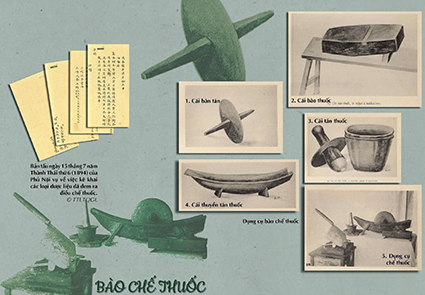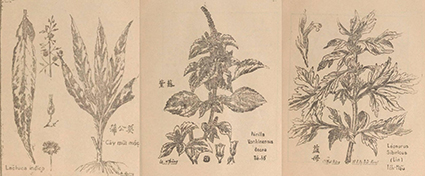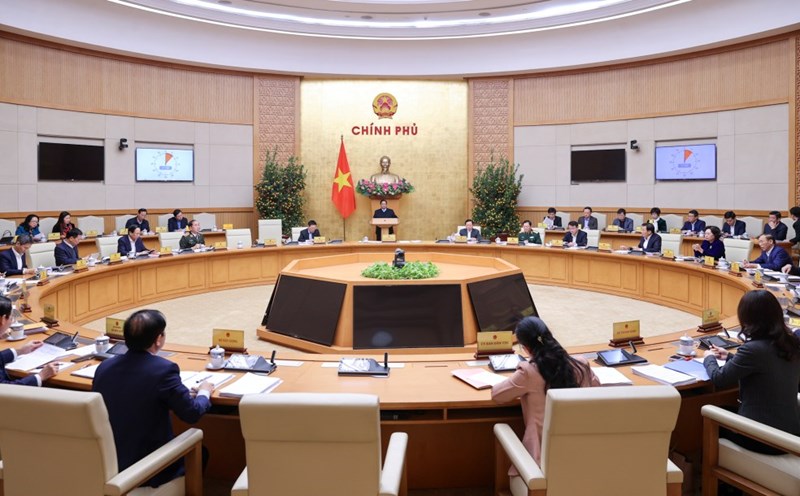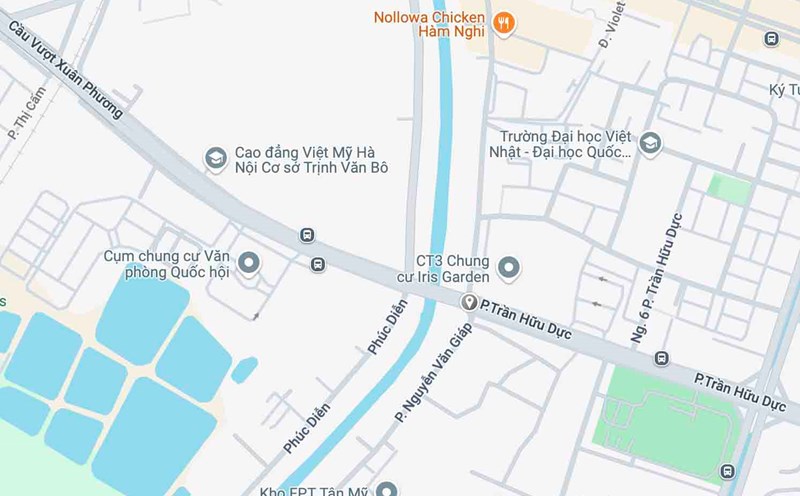History of Vietnamese medicine
Our country has a long history of pharmaceuticals with many famous doctors. During the Hung Kings, although medicine was still passed on by word of mouth, the Vietnamese people knew how to use food to treat diseases. During the Northern domination period, Vietnamese medicine acquired a lot of knowledge from China. As the country regained its independence, traditional medicine continued to develop. During the Tran Dynasty, Chu Van An compiled the book "Fragile Medicine, published an extensive notebook". Zen master Tue Tinh compiled the collections " male medicine and miracles" and "Hong Nghia An Tu Do Thuy Thuy", in which he always emphasized "Nam Viet medicine to treat Nam Viet people".
Later, many other famous doctors such as: Hoang Don Hoa, Trinh Don Phac, Nguyen Quang Tuan, Hai Thuong Lan Ong Le Huu Trac, Nguyen Gia Phan... left many "medical textbooks" to pass on experience, medicine and ethics to the next generation. Currently, traditional medicine books have thousands of volumes, of which the "Hai Thuong Lan Ong Tuong Tu Long" set is the largest set of medical records in our country. These medical records are the achievements of traditional medicine that are still valid today.

The Brick Bridge of Eastern - Western Medicine
During the Nguyen Dynasty, the integration of Western medicine has strongly promoted the development of Vietnamese medicine. King Gia Long established the Imperial Hospital from the time he was crowned king to have a specialized agency to take care of the health of kings, royals, and post-royal officials in the royal court and manage medical activities nationwide.
The Nguyen Dynasty also established a medical examination and treatment center in the provinces to take care of local health problems. During the reign of King Tu Duc, a medical school was established.
At the end of the 19th century, when the French arrived in Vietnam, Western medicine also strongly penetrated into royal activities and people's lives. Therefore, the medicine and pharmacy of the Nguyen Dynasty is the bridge connecting the East-West medicine scene.
After establishing a political apparatus in our country, the French government began building a new health system. In 1898, the Indonesian Authority of Vietnam Paul Doumer planned to establish a medical school in Vietnam and assigned Dr. Yersin to be in charge.
Dong Duong Medical School was established in 1909 to train local students, improve people's health and disseminate Western medicine. Health management agencies, research institutes and medical examination and treatment facilities were also established in the locality.
A study by Shaun Kingsley Malarney, Prof. Ethnology (Christian University, Tokyo, Japan) shows that in the early decade of the 20. the health system in Vietnam included mixed-use hospitals, indigenous hospitals, kindergartens, infirmaries, infirmaries, infirmaries, infirmaries and infectious hospitals. The travel of Western medicine also paves the way for the business and sale of Western medicine with many drug brands springing up in all three regions.

On the occasion of the 70th anniversary of Vietnamese Doctors' Day (February 27,55 - February 27, 2025) and the 130th anniversary of the founding of Pasteur Institute Nha Trang (1895 - 2025), 100 years of Pasteur Institute Hanoi (1925 - 2025), National Archives Center I - Department of Literature and State Archives organizes an online 3D exhibition with the theme "Nguyen Dynasty Medicine - Brick connecting the East - West medicine foundation". The exhibition launched at 9:00 a.m. on February 25, 2025, recreating the history of formation, development and achievements of Vietnamese traditional medicine as well as the penetration and contributions of Western medicine in Vietnam.
The online 3D exhibition Nguyen Dynasty Medicine - Pharmacy: Brick connecting the foundation of Eastern - Western medicine includes 3 parts: Eastern medicine in the historical line of Vietnam; Nguyen Dynasty medicine: Brick connecting the foundation of Eastern - Western medicine; and Western medicine in Vietnam.
With more than 300 documents and images selected from the National Archives Centers under the State archives and Letters Department, the Hanom Research Institute, the National Library of Vietnam, the National Library of France and many other sources of documents, the exhibition hopes to provide researchers, experts and the public with useful information about Vietnamese medicine.











